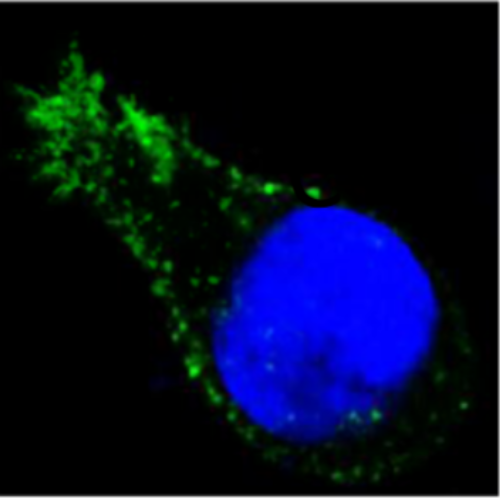Bone marrow niche-mimetics modulate HSPC function via integrin signaling.
The bone marrow (BM) microenvironment provides critical physical cues for hematopoietic stem and progenitor cell (HSPC) maintenance and fate decision mediated by cell-matrix interactions. However, the mechanisms underlying matrix communication and signal transduction are less well understood. Contrary, stem cell culture is mainly facilitated in suspension cultures. Here, we used bone marrow-mimetic decellularized extracellular matrix (ECM) scaffolds derived from mesenchymal stromal cells (MSCs) to study HSPC-ECM interaction. Seeding freshly isolated HSPCs adherent (AT) and non-adherent (SN) cells were found. We detected enhanced expansion and active migration of AT-cells mediated by ECM incorporated stromal derived factor one. Probing cell mechanics, AT-cells displayed naïve cell deformation compared to SN-cells indicating physical recognition of ECM material properties by focal adhesion. Integrin αIIb (CD41), αV (CD51) and β3 (CD61) were found to be induced. Signaling focal contacts via ITGβ3 were identified to facilitate cell adhesion, migration and mediate ECM-physical cues to modulate HSPC function.

- Sci Rep. 2017 May 31;7(1):2549
- 2017
- Cell Biology
- 28566689
- PubMed
Enabled by:
